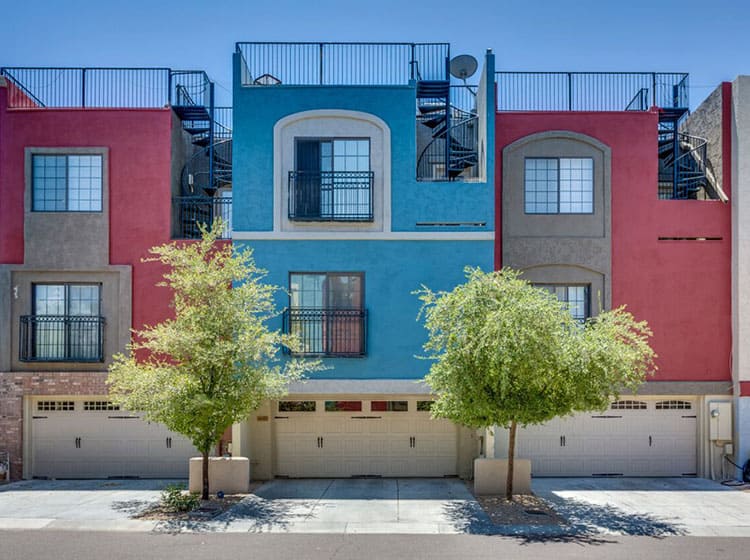Seasonal Factors To Consider For Industrial Exterior Paint: What You Need To Know
Seasonal Factors To Consider For Industrial Exterior Paint: What You Need To Know
Blog Article
Web Content By-McLamb Chaney
When you're preparing a commercial outside painting project, seasonal elements can make or break your results. https://realestate.usnews.com/real-estate/articles/house-painting-rules-you-should-never-break 'll want to think about just how temperature level and humidity influence paint application and drying times. Choosing the ideal season can ensure your paint sticks properly and lasts longer. But which periods are genuinely the very best for this kind of job? Let's discover the crucial elements that can impact your task's success.
The Effect of Temperature on Paint Application
When you're planning a business exterior paint project, the temperature can substantially impact how well the paint adheres and dries.
Ideally, you wish to paint when temperatures range between 50 ° F and 85 ° F. If it's too cold, the paint might not cure effectively, bring about concerns like peeling or splitting.
On the flip side, if it's too warm, the paint can dry as well swiftly, avoiding appropriate attachment and causing an unequal finish.
https://independent-painters-near88877.laowaiblog.com/33999580/to-accomplish-the-very-best-outcomes-with-your-painting-firm-ensure-your-vision-stays-clear-and-communication-stays-open-find-out-how-to-accomplish-this need to also think about the time of day; morning or late afternoon uses cooler temperature levels, which can be more beneficial.
Always inspect the producer's referrals for the specific paint you're utilizing, as they commonly supply support on the suitable temperature level variety for ideal results.
Humidity and Its Impact on Drying Times
Temperature isn't the only ecological factor that affects your commercial external painting task; moisture plays a significant role as well. High moisture levels can reduce drying out times substantially, influencing the total quality of your paint work.
When the air is filled with wetness, the paint takes longer to cure, which can lead to concerns like inadequate bond and a higher danger of mold growth. If you're repainting on a particularly humid day, be gotten ready for prolonged wait times between layers.
It's crucial to keep track of local climate condition and strategy as necessary. Ideally, aim for moisture levels between 40% and 70% for optimum drying out.
Keeping these consider mind ensures your project stays on track and delivers a long lasting surface.
Best Seasons for Commercial Exterior Paint Projects
What's the very best time of year for your business exterior paint jobs?
Springtime and very early loss are commonly your best bets. During these seasons, temperature levels are mild, and humidity degrees are often lower, producing ideal conditions for paint application and drying.
Avoid summertime's intense heat, which can trigger paint to completely dry too promptly, bring about bad attachment and finish. Similarly, winter months's cool temperatures can prevent appropriate drying and healing, running the risk of the longevity of your paint task.
Aim for days with temperatures between 50 ° F and 85 ° F for ideal outcomes. Bear in mind to inspect the neighborhood weather forecast for rainfall, as wet problems can wreck your project.
Preparation around these aspects guarantees your paint job runs smoothly and lasts longer.
Verdict
In conclusion, intending your industrial exterior painting jobs around seasonal considerations can make a significant distinction in the end result. By organizing work throughout the excellent temperature levels and humidity degrees, you'll guarantee better adhesion and drying times. Remember to keep an eye on regional weather forecasts and select the right time of year-- spring and early loss are your best options. Taking these actions will aid you achieve a sturdy and specialist surface that lasts.
